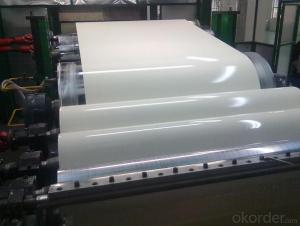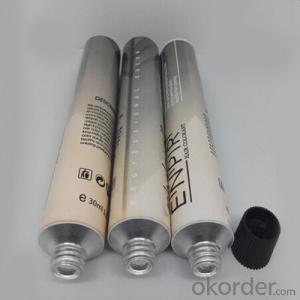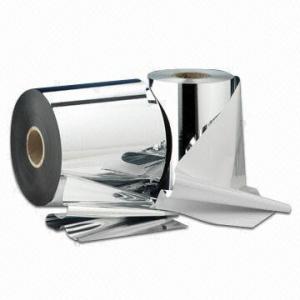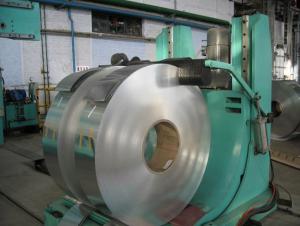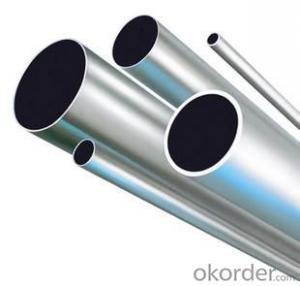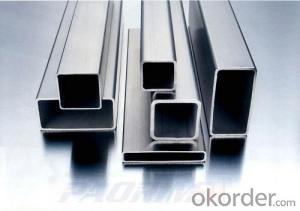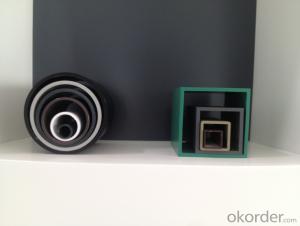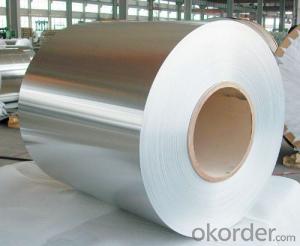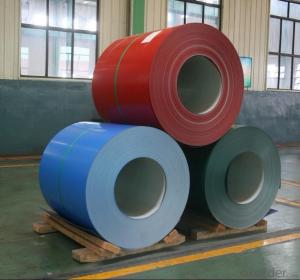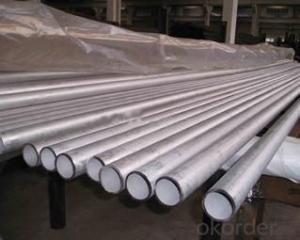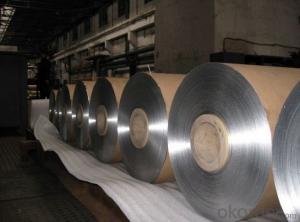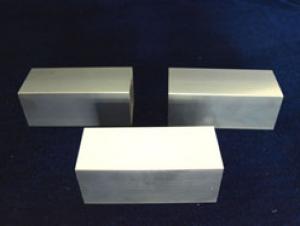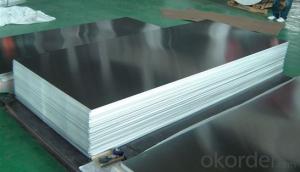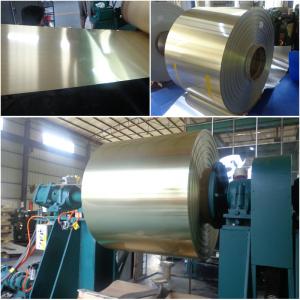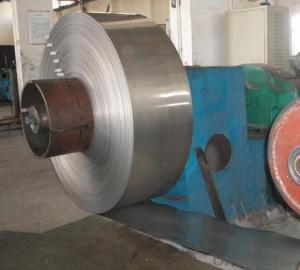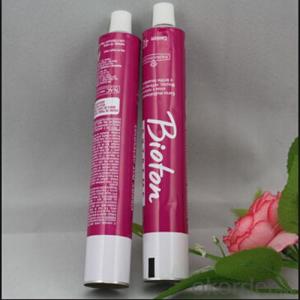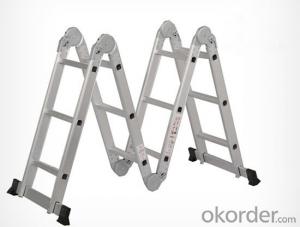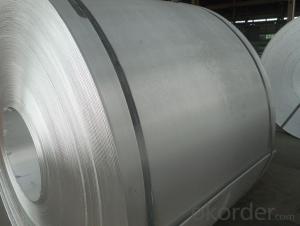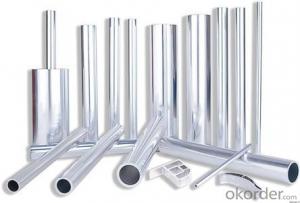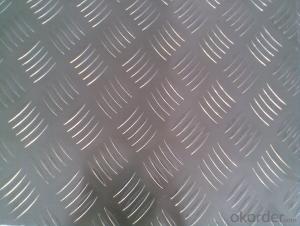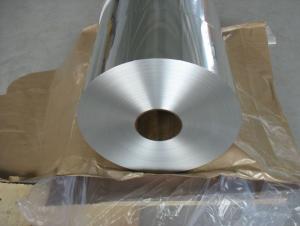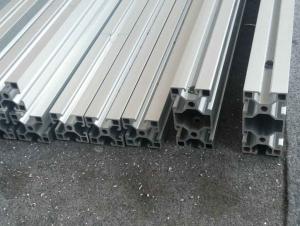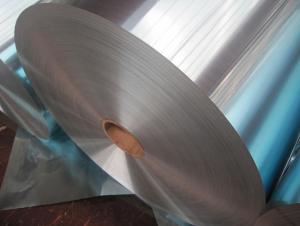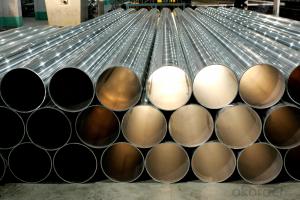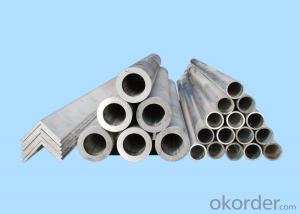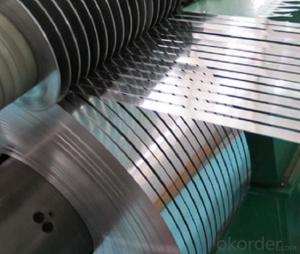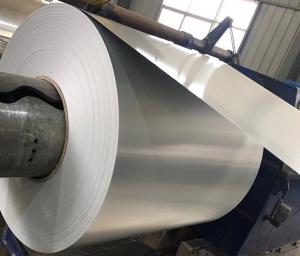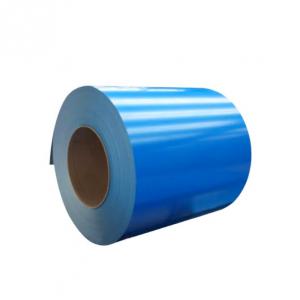Anodized Aluminum Tube Stock
Anodized Aluminum Tube Stock Related Searches
Anodized Aluminum Stock Anodized Aluminum Bar Stock Anodized Aluminum Rod Stock Tube Aluminum Stock Anodized Aluminum Sheet Stock Anodized Aluminum Coil Stock Anodized Aluminum Angle Stock Anodized Aluminum Flat Bar Stock Aluminum Tubing Stock Anodized Aluminum Flat Stock Aluminum Square Tube Stock Aluminum Rectangular Tube Stock Aluminum Pipe Stock Aluminum Tube Stock Sizes Stock Aluminum Tube Sizes Aluminum Battery Stock Aluminum Chassis Stock Aluminum Stock Tank Aluminum Lathe Stock Extruded Aluminum Stock Aluminum Tube Stock Near Me Aluminum Stock Aluminum Air Battery Stock Aluminum Rod Stock Aluminum Extrusion Stock Aluminum Engraving Stock Stock Tank Aluminum Aluminum Box Stock Aluminum Gun Stock Aluminum Extrusions StockAnodized Aluminum Tube Stock Supplier & Manufacturer from China
Anodized Aluminum Tube Stock is a type of aluminum tube that has undergone an anodizing process, which enhances its surface properties such as corrosion resistance, wear resistance, and hardness. This process involves applying an electric current to the aluminum, causing a controlled oxidation reaction on the surface, resulting in a protective layer that improves the tube's overall performance.The anodized aluminum tube stock is widely used in various industries due to its superior properties and durability. It is commonly employed in the manufacturing of automotive parts, aerospace components, architectural structures, and consumer electronics. Its lightweight nature and enhanced strength make it an ideal material for applications where both performance and aesthetics are crucial. Additionally, the anodized finish provides a visually appealing and long-lasting surface that can be easily maintained.
Okorder.com is a reputable wholesale supplier of anodized aluminum tube stock, offering a vast inventory to cater to the diverse needs of clients across different sectors. With a commitment to quality and customer satisfaction, Okorder.com ensures that the anodized aluminum tube stock they provide meets the highest industry standards. Their extensive range of products allows customers to find the perfect fit for their specific requirements, making them a go-to source for anodized aluminum tube stock.
Hot Products
